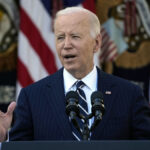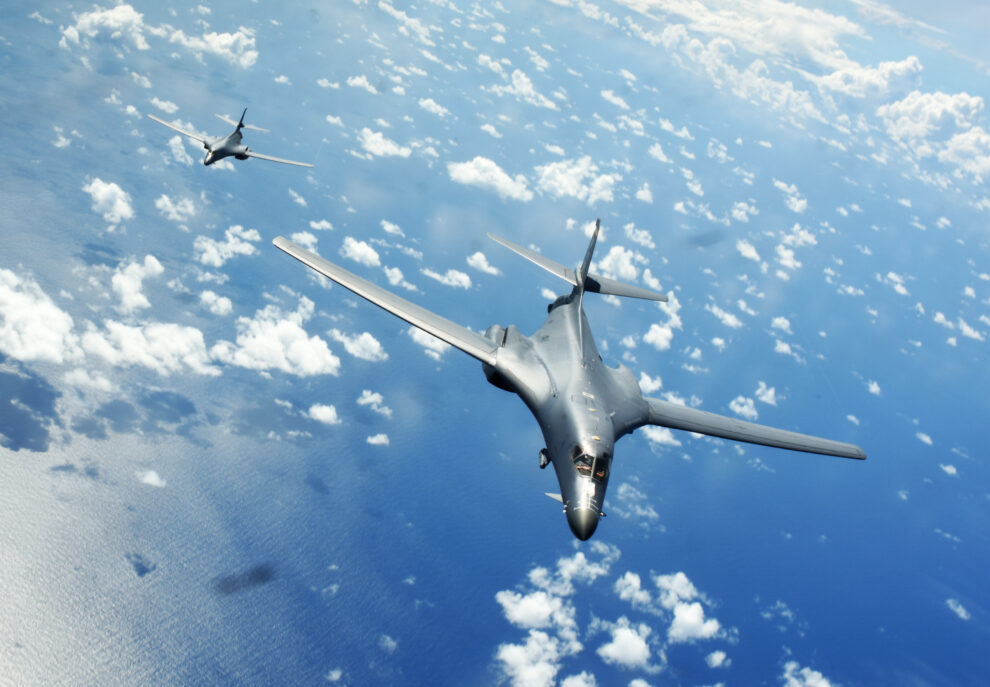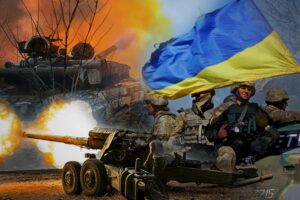A Chinese fighter plane flew within 20 feet (6 meters) of a US Air Force reconnaissance aircraft over the South China Sea in what the US Indo-Pacific Command called “an unsafe maneuver.”
The unusually close encounter happened on Dec. 21 but wasn’t disclosed until Thursday, when the command issued a statement after verifying the details and getting approval to declassify images including a video.
The US RC-135 “was lawfully conducting routine operations over the South China Sea in international airspace” when the Chinese pilot “flew an unsafe maneuver by flying in front of and within 20 feet of the nose of the RC-135, forcing the RC-135 to take evasive maneuvers to avoid a collision,” the command said in a statement.
The RC-135 is a 4-engine jet based on Boeing’s 707 passenger liner.
China asserts rights to more than 80% of the South China Sea based on a 1947 map showing vague markings that have since become known as the “nine-dash line.”
Tensions between China and other claimants in the South China Sea — the Philippines, Taiwan, Malaysia, Indonesia, Vietnam and Brunei — have been rising for years as Beijing invested more in naval and coast guard ships to enforce its claims.
The US has repeatedly criticized China’s actions in the South China Sea and has sought to challenge its territorial claims with so-called freedom of navigation operations at sea as well as military reconnaissance flights.
US defense officials have expressed concerns that incidents such as last week’s could lead to another encounter like the collision of a US Navy EP-3 reconnaissance plane with a Chinese fighter in April 2001. The largely forgotten incident was President George W. Bush’s first foreign policy crisis.
US Defense Secretary Lloyd Austin said in June that “we’ve seen an alarming increase in the number of unsafe aerial intercepts and confrontations at sea by PLA aircraft and vessels.” This latest incident “reflects a concerning trend of unsafe and dangerous air intercept practices” by China, Navy Captain Kyle Raines, a spokesman for Indo-Pacom, said in an email.





































